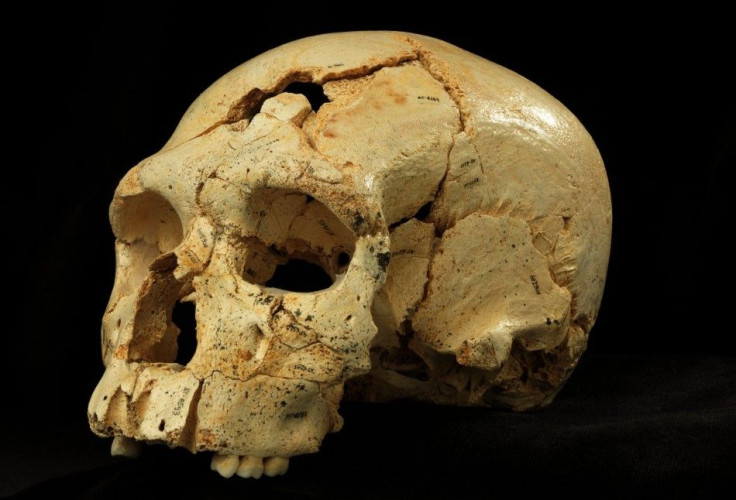Neanderthals: The 'Advanced' Ancestral Jewellers? [Watch Video]

Researchers from the University of Kansas have revealed that the human predecessors, Neanderthals, had well-developed cognitive abilities that enabled them to develop jewellery in the ancestral times. The research was led by David Frayer from the University of Kansas, in collaboration with three archaeologists from Croatia.
The team of researchers and archaeologists concluded the result about the advanced cognitive abilities in the Neanderthal man based on the eagle bones, evidence received from an archaeological site, Krapina, where Neanderthal prevailed. The scientists identified certain marking on the bones that are believed to have been made by the Neanderthals to mark the areas that needs to be cut and polished to convert them into a jewellery piece.
The eagle bones are estimated to be approximately 130,000 years old. The Krapina Neanderthal site was excavated between 1899 and 1905, when eight white-tailed eagle claws were discovered. However, it was discovered only recently that the marks on the bones were not natural, but indeed were made manually.
"Neanderthals are often thought of to be simple-minded mumbling, bumbling, stumbling fools, but the more we know about them the more sophisticated, they've become," said Frayer, reported The University of Kansas.
"There's just no doubt that they made it, and it was a necklace or bracelet or piece of jewellery," he continued.
The discovery article titled “Evidence for Neanderthal Jewelry: Modified White-tailed Eagle Claws at Krapina” has been published in the journal PLOS ONE.
To report a problem or to leave a feedback on the article, send an e-mail to emailtoguneet@gmail.com.






